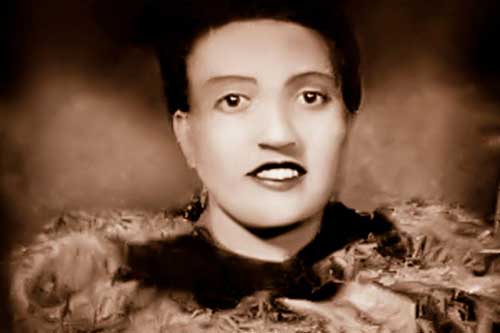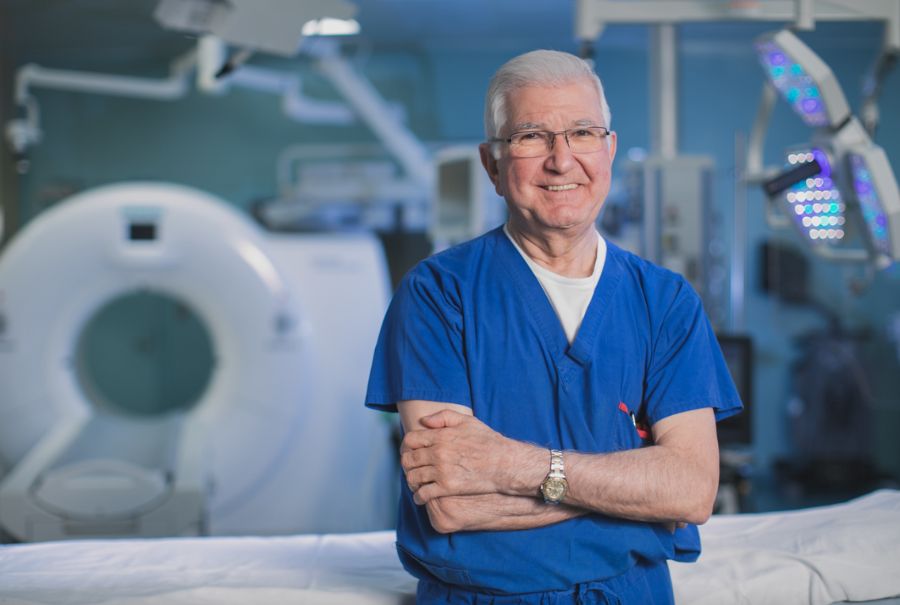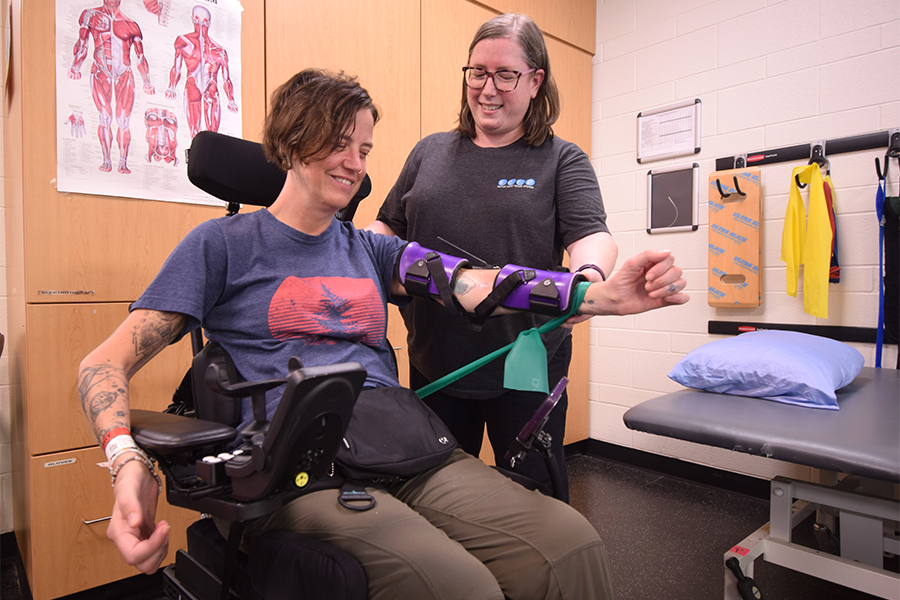
February is Black History Month. This year, the Government of Canada’s theme, “Black Excellence: A Heritage to Celebrate; A Future to Build,” honours Black peoples’ past, present and future accomplishments.
On February 20, the Black Legacy Committee (BLC) at UHN hosted its third event of The Colour of Proper Care speaker series, which created a space to reflect on multidimensional ancestral legacies.
In 2024, the 10th year of the International Decade for People of African Descent is being marked. It invites reflection on the global African Diaspora and its remarkable impact on Canadian and world history. The African Diaspora is the voluntary and involuntary movement of Africans and their descendants to various parts of the world during the modern and pre-modern periods.
It is essential to appreciate and acknowledge the historic and ongoing contributions of Black people in Canada as foundational to our health care system and society.
“The biggest significance of Black History Month for us at BLC is to continue to give prominence to how incomplete the story of health care would be without Black stories, and to give voice to our communities,” says Promise Nwafor, a member of the BLC.
As Black History Month comes to an end, a summary of what was shared at The Colour of Proper Care event.
The Colour of Proper Care
Guest speaker Melissa Taylor, Clinical Director and Therapist at Ancestral Memory Therapy in Hamilton, Ont., spoke about the importance of understanding Black and Indigenous people’s “ancestral memory,” whereby personal histories flow through DNA sequences today, thereby affecting an individual’s perception of environments such as the workplace.
This ties to “generational trauma,” which refers to feelings and behaviours that are unconsciously adopted between generations, maintaining cycles of suffering through time.
Psychologist Mark Wolynn explains: “Even if the person who suffered the original trauma has died, even if his or her story lies submerged in years of silence, fragments of life experience, memory and body sensation can live on, as if reaching out from the past to find resolution in the minds and bodies of those living in the present.”
“Polyvagal theory,” as Melissa discussed, refers to the body going into sympathetic – “fight or flight” – or dorsal – “freeze” – response when placed under stress. For Black people, baseline stress is often already elevated due to generational trauma, thereby inflating the stress response.
To reach a “window of tolerance,” Black people must feel safe to connect with ancestors, community and ourselves. This fosters feelings of openness, joy and personal agency.
Melissa highlighted that “the threat of anti-Black racism robs us from our ability to connect with our bodies in a meaningful way and to know that safety is around us.”
As part of the practice of honouring ancestral legacies, it is important to showcase some key health care contributions of Black people:
The legacy of Black nurses in Canada
Until the late 1940s, Black people were barred from pursuing a nursing education in Canada. In 1948, Ruth Bailey and Gwennyth Barton became the first Black Canadians to earn their nursing diplomas in the country.
However, systemic anti-Black racism persisted in nursing. In the 1960s, Black women who were fully trained as registered nurses in the Caribbean were de-skilled in the Canadian labour market – the majority of whom in Toronto were employed at Toronto Western Hospital as nursing assistants.

Henrietta Lacks (1920-1951): ‘HeLa’ cells for biomedical research
Henrietta Lacks was a Black woman whose cancer cells became the source of the immortalized HeLa cell line that is used to study the growth of cancer. According to the National Institutes of Health in the U.S., more than 110,000 publications cited the use of HeLa cells between 1953 and 2018.
However, Henrietta did not provide consent for the use of her cells when they were collected in 1951. Neither she nor her family were compensated at the time for their extraction and use.
Henrietta’s story is one example of the advancement of research through unjust exploitation of Black peoples and their bodies.
In addition to these pioneering contributions, we celebrate the everyday expertize and commitments to care by all our Black colleagues across UHN today.
While Black History Month is a time to celebrate, we must continue to reflect on the rich diversity in Black experiences and international history, while remaining dedicated to eradicating anti-Black racism year-round.
To create a safer work environment for Black individuals, health care organizations need to radically commit to practices that make our Black colleagues feel safe and believed in their experiences.
In her virtual presentation, Melissa Taylor importantly offered a reminder that harm will happen, but it must be repaired through individuals taking responsibility for their actions and focusing on impact, rather than the intent.

No one ever changed the world on their own but when the bright minds at UHN work together with donors we can redefine the world of health care together.


